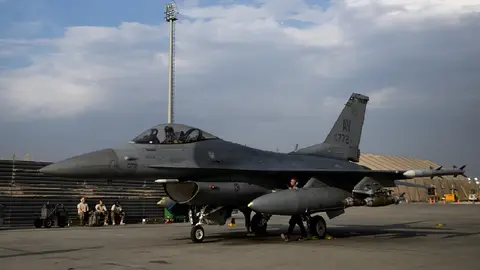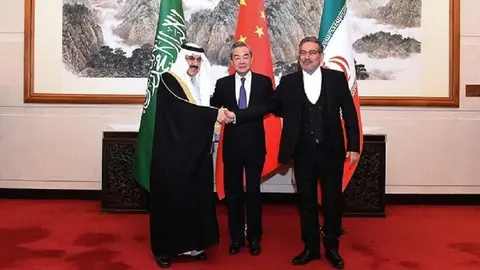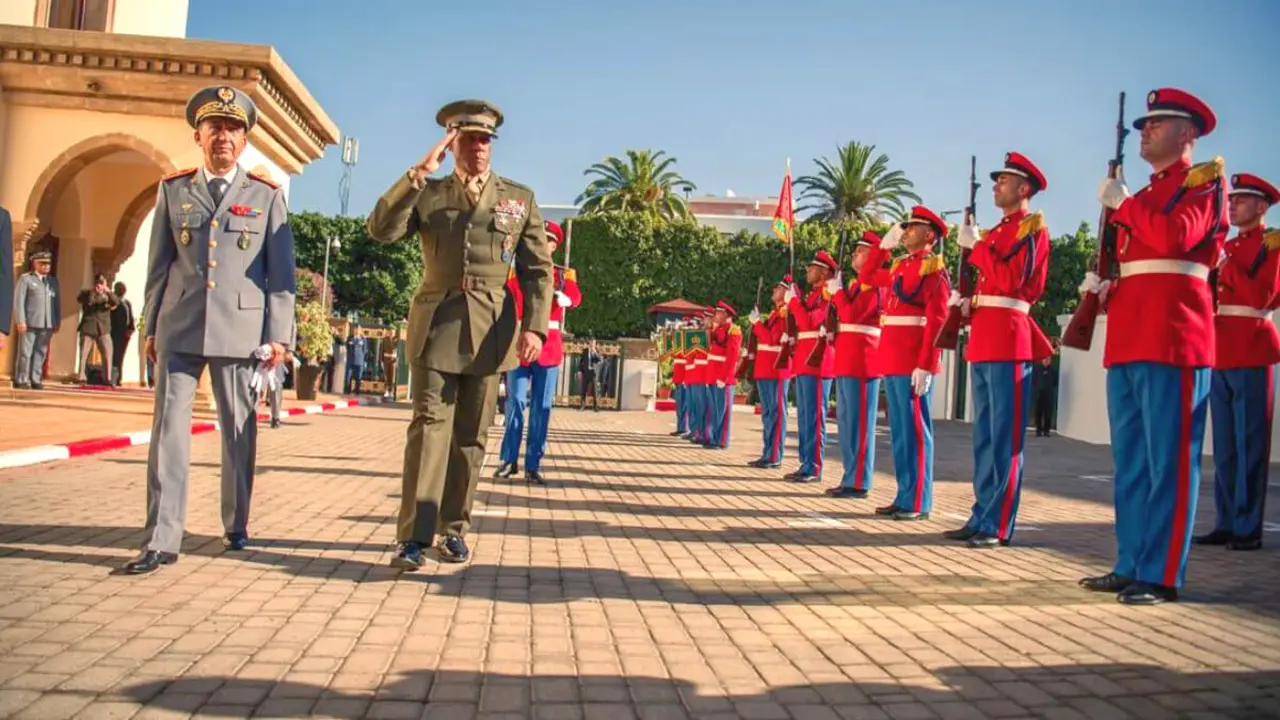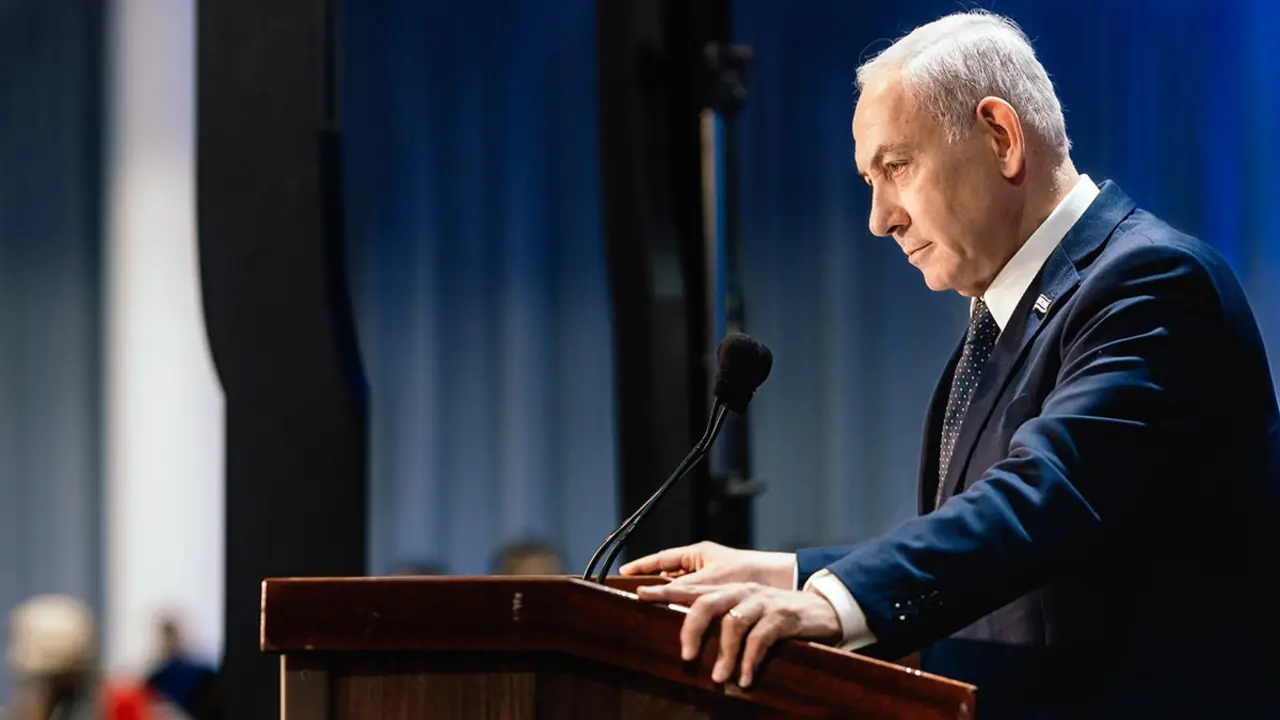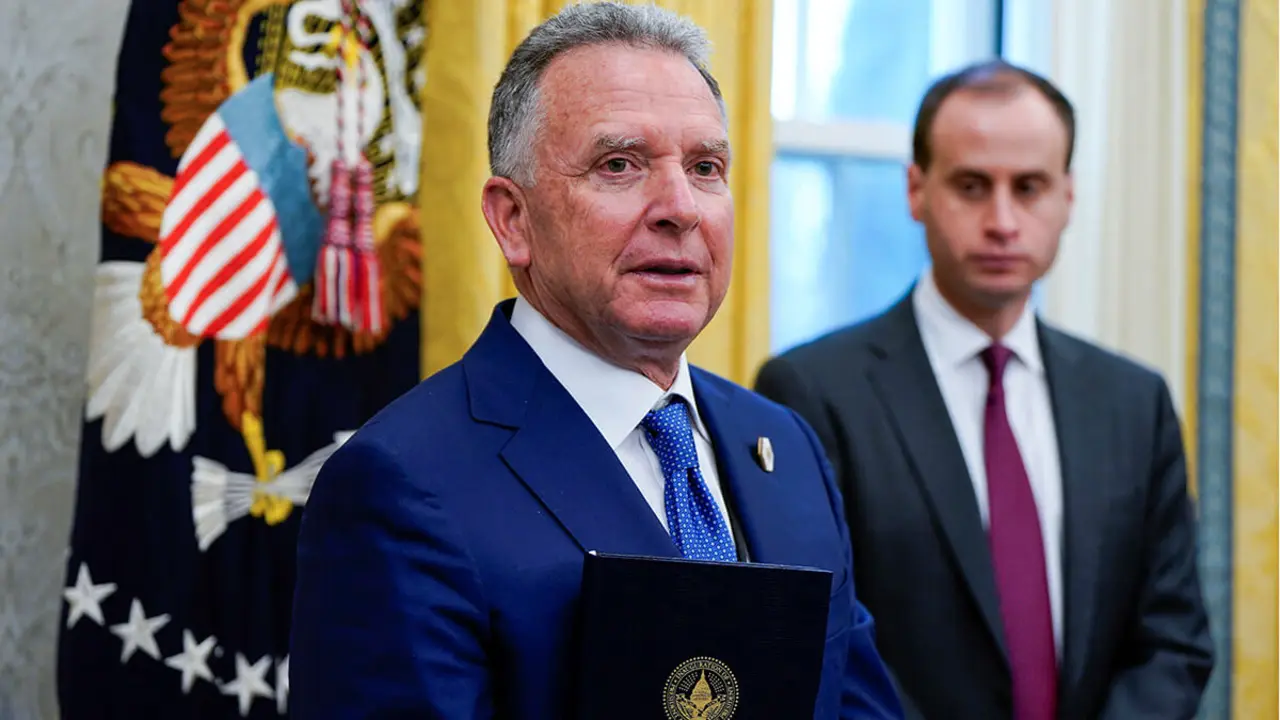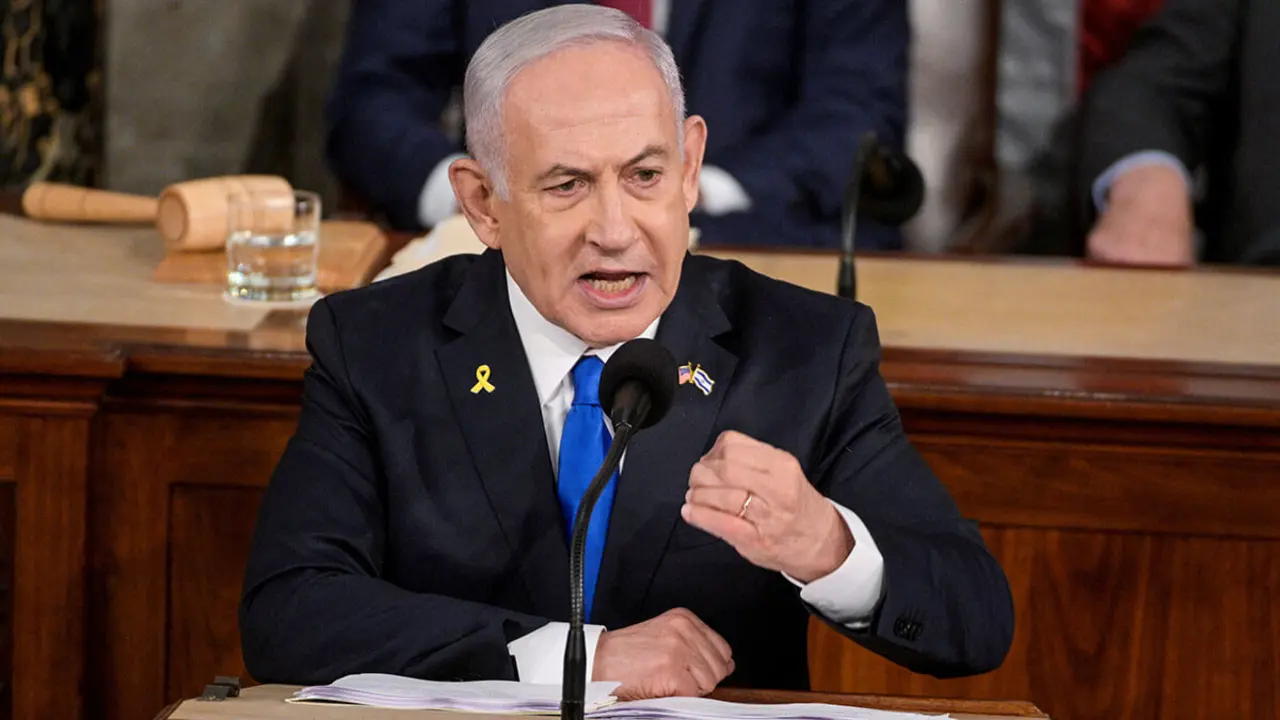The United States deploys more than 3,000 new soldiers to the Red Sea

Earlier this week, more than three thousand American soldiers and sailors arrived in the Middle East to reinforce the American presence in the Persian Gulf. This latest deployment of the Fifth Fleet, based in Manama, Bahrain, is designed to deter Iran from seizing more ships and oil tankers sailing in the region.
“More than 3,000 sailors [...] arrived in the Middle East on 6 August as part of the plan previously announced by the Department of Defense,” said the US Navy in a statement. This deployment had in fact been announced in July by the US Department of Defence.
In addition to sending new soldiers, the Navy has also deployed two warships to the Red Sea: the USS Bataan and the USS Carter Hall. The USS Bataan is an amphibious assault ship capable of carrying more than twenty aircraft and helicopters, as well as landing craft, while the USS Carter Hall is a landing ship capable of transporting soldiers and their equipment ashore.
Fifth Fleet spokesman Tim Hawkins told AFP on Monday that the deployment underlines “our strong and unwavering commitment to regional maritime security”. “These units add important flexibility and operational capabilities as we work alongside international partners to deter destabilising activities and ease regional tensions resulting from Iranian harassment and seizure of commercial vessels,” he added.
In response to this increased US presence in the Red Sea, Iranian Foreign Ministry spokesman Nasser Kanaani said that “the US government's military presence in the region has never created security. Their interests in this region always force them to fuel instability and insecurity”.

The spokesman for the Iranian Revolutionary Guards, Ramezan Sharif, also spoke to the official Iranian news agency Fars, saying that Iran “has achieved a strength that makes it capable of confronting and responding in kind to any bad action by the Americans, for example the seizure of ships”. “The countries of the region have rightly understood that Iran is becoming a major regional power”, added the spokesman for the Islamic Revolutionary Guard Corps (IRGC) at a ceremony in the conservative city of Qom.
According to Al-Monitor, the Iranian Ministry of Defence has delivered dozens of its very first long-range naval ballistic missiles to the IRGC, which are said to have been entirely “home-made” and “capable of completely destroying” enemy aircraft carriers. “The security of the Persian Gulf must be maintained by the littoral states”, the spokesman said in his speech, adding that these countries “have understood the weakness of America and the strength of the Islamic Republic in the confrontations of recent years”.
A 40-year-old rivalry
The rivalry between Iran and the United States dates back some 40 years but has been reignited under US President Donald Trump. Tensions resumed in mid-May 2019, a year after the US withdrew from the Vienna agreement on Iran's nuclear programme. The crisis began with a series of sabotages against Saudi, Emirati and Norwegian tankers in the Persian Gulf.
Saudi Arabia and the United Arab Emirates then accused Iran, accusations supported by the United States and refuted by Iran. From then on, tensions escalated, with more sabotage of ships and American and Iranian missile strikes. In an analysis published on the French news website Les Clés du Moyen-Orient, Émile Bouvier states that “The various security incidents that have taken place in recent weeks in the Persian Gulf are a consequence of the above-mentioned escalation: the Americans and the Iranians are testing each other's limits”.

Since 2019 and the rise in tensions between the United States and Iran, shipping in the strategic waters of the Gulf has been subject to a series of attacks. In April and early May this year, Iran seized two oil tankers in one week in regional waters. These incidents came after Israel and the United States accused Iran of a drone attack off Oman in November 2022 against an oil tanker operated by an Israeli-owned company. On 5 July 2023, Iran again attempted to seize two oil tankers, the TFR Moss and the Richmond Voyager, near the strategic Strait of Hormuz, but was thwarted by US forces.
China-US rivalry exported to the Persian Gulf?
According to Elwatan, the American deployment comes at a time when China's involvement in the Gulf region is intensifying. In April 2023, Beijing mediated a deal to restore diplomatic ties between Saudi Arabia and Iran. China is seen as the main threat by Washington, as it is the only state whose economy and influence are capable of challenging the United States' position as world leader.

Since then, relations between Tehran and the Arab countries of the Gulf have gradually developed. The President of the United Arab Emirates and the Foreign Minister of Kuwait were invited to visit the Islamic Republic last week. In May, the UAE announced its withdrawal from the Combined Maritime Forces, a US-led maritime partnership of 38 countries tasked with securing the Gulf's shipping lanes.
In an interview with AFP, Torbjorn Soltvedt, an analyst with the consultancy Versk Maplecroft, said: “Security will remain a sticking point in US-Gulf relations even if the threat posed by Iranian attacks on shipping diminishes in the short term. The perception that the US is not doing enough to deter Iranian attacks on international shipping will persist. The need for a new approach is clear”.
Americas Coordinator: José Antonio Sierra.


